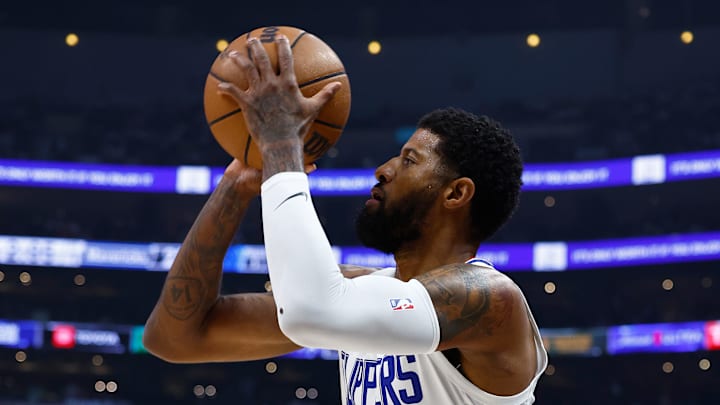The newly implemented Collective Bargaining Agreement (CBA), which went into effect just over a year ago, has created a potentially league-altering approach to roster-building in the NBA. The first offseason under the new rules has led to outcomes that may have seemed impossible a few years ago. The Clippers, one of the biggest tax spenders in recent years, let Paul George walk while a contender like the Denver Nuggets got notably worse on paper.
The biggest change in the newest agreement was the implementation of a second luxury tax apron. In previous versions of the CBA, there was a single tax apron that included additional penalties and restrictions for teams who were paying the luxury tax. The new second apron adds an additional threshold with more penalties and harsher restrictions than ever before.
Along with not being able to take on additional salary in trades, second-apron teams can also not trade multiple players in a single transaction. In free agency, such teams will also not be given the mid-level-exception (MLE), previously one of the most valuable free-agency chips for capped-out teams. Future draft picks will also be hindered in the second apron — teams will have their picks from seven seasons later frozen and if a team is in the apron for two or more seasons out of four, their first-round pick will automatically be moved to the 30th pick.
Such harsh restrictions on roster-building are likely the primary reasons behind Paul George’s departure from the previously free-spending Clippers franchise. Other teams in contention have suffered with the Nuggets likely letting Kentavious Caldwell Pope walk (and not replacing him) with the new CBA in mind.
The Miami Heat have also failed to improve their team this offseason and have faced additional bad news with regards to Tyler Herro’s contract. In the new CBA, Unlikely Bonuses count towards tax aprons which means Tyler Herro, who has $2.5 million attached to clauses such as making All-NBA first/second team and winning Defensive Player of the Year, will actively hinder the Heat’s ability to manage their cap while also reducing Herro’s potential trade value.
With the reduced number of teams with the mid-level exception, the NBA’s MLE candidates were also further impacted by another mechanism — the valuable traded-player exception. This allows teams to use the non-tax MLE as a trade asset at any time in the season.
With the amount of potential cap spending for higher salary teams reduced further in the new CBA agreement, contenders may need to use sign-and-trades more than ever as seen by the acquisitions of Klay Thompson and DeMar DeRozan.
While lots of players and teams seem to have suffered with the new regulations, the new CBA may prove to be useful for minimum-contract caliber players as it pertains to their earning power. Termed “human trade exceptions” by some, the reduced trade flexibility for high-spenders may lead to minimum-value players being signed for more than their usual value for salary-matching purposes in future trades. A recent example of this phenomenon could be seen in the Philadelphia 76ers’ signing of KJ Martin for two years, $16 million.
